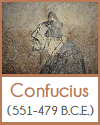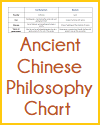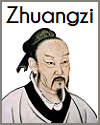Utilizing a variety of educational materials greatly enhances high school World History students' understanding of ancient East Asia, a region rich in culture, innovation, and political development. Textbooks provide a general overview, but supplementing them with primary sources—such as excerpts from Confucian texts, imperial edicts, or travel writings—allows students to examine East Asian history through authentic voices. Maps help visualize the geography of ancient China, Korea, and Japan, showing how natural barriers, rivers, and trade routes influenced political boundaries and cultural exchange.
Visual materials, including images of artifacts, architecture, and art, bring to life the values, beliefs, and aesthetics of ancient East Asian societies. Documentaries and historical films can deepen engagement by dramatizing key events or exploring dynastic achievements and philosophies like Confucianism, Daoism, and Buddhism. Interactive resources, such as timelines, simulations, or educational games, further promote critical thinking and retention.
By using diverse materials, students develop a richer, more balanced understanding of ancient East Asia and its global significance.
|












